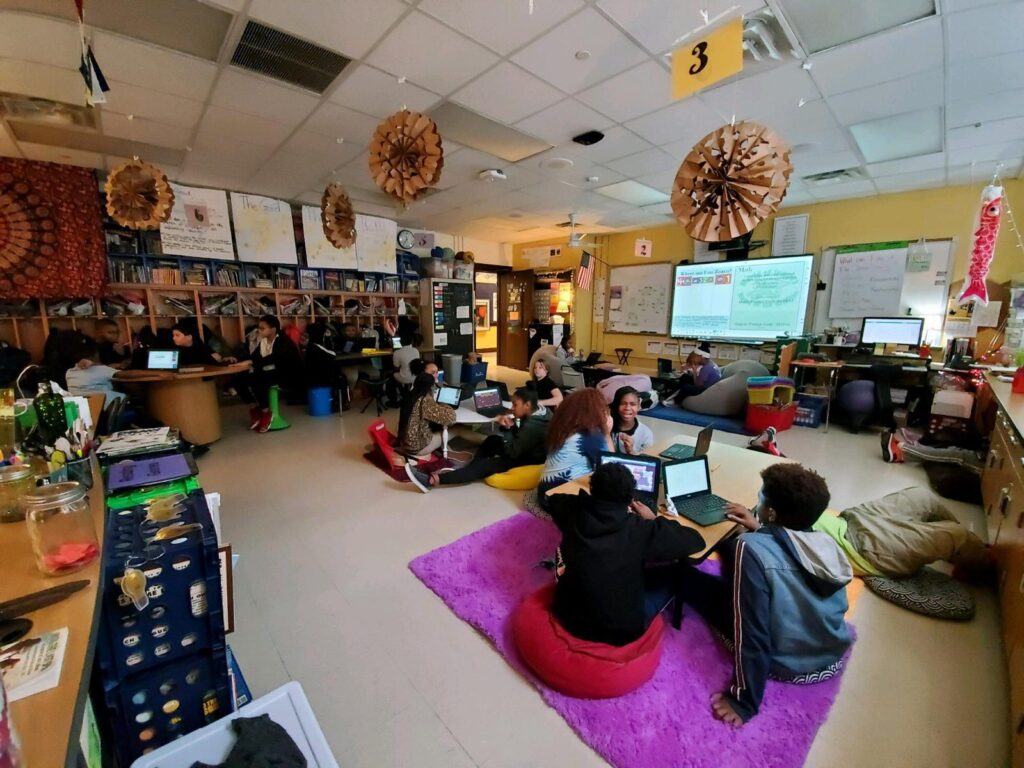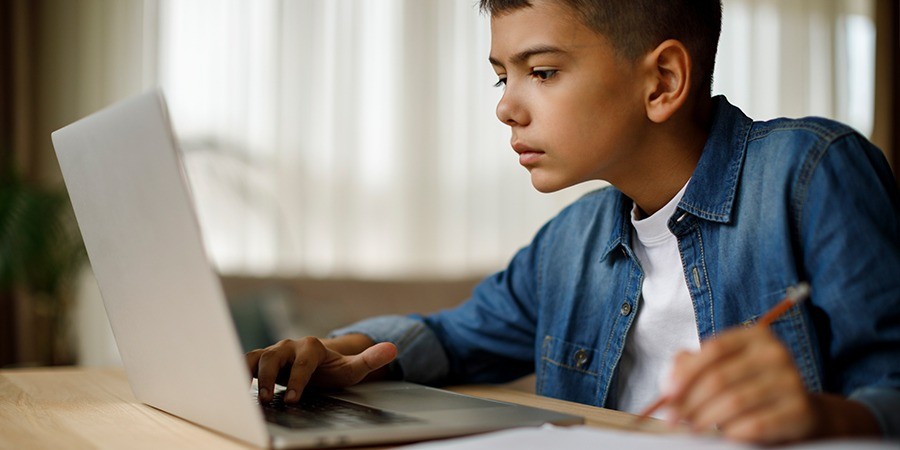UNITED STATES. Rochester, New York. Educators, parents, and administrators across the nation are facing a difficult choice: should in-person classes resume for school-age children or should the online education quickly implemented in March due to the COVID-19 pandemic continue as schools prepare for their 20/21 school year?
New York state was the worldwide epicenter for the number of cases and deaths from March through June 2020. Finally breaking the curve, New York has passed through Phase 3 of reopening and is entering the fourth and final phase as recommended by the Center for Disease Control (CDC). Schools are slated to open during the final phase, but as Florida, Arizona, and a dozen other American states are surpassing global infection rates, many are questioning the viability of sending children back into the classroom.
Parents express different concerns. Jeana Sansocie, a parent of 5 school-age children believes her suburban school should re-open. “My kids need school, the structure, the non-parental authority, and the life experiences. Even if it involves wearing a mask, keeping a distance, and the risk that schools will close again mid-year.” However, she is concerned that kids will be sent to school when they are sick because “families can’t afford to keep them home.”
Karina Douglas, a mother of two boys (one in private school and another in the Rochester City School District /RCSD) is adamantly against school reopening. Douglas said, “I do not believe we know enough about this virus for me to put the most important people in my life in danger. City school districts have already sent out school supply lists while private schools are sending emails about possible home-schooling options. I will not let [schools] use my children as guinea pigs. We are not in a stable place for [in-person schooling] to occur. We would be exposing our children every day to a life-ending situation. This sort of exposure could cause a trickle down and cause a larger infected population than ever.”
Educators prepared to adapt. Thirty-year veteran RCSD teacher Jennifer Wagner saw student gains with an online format but is prepared to return to the classroom or build on the curriculum she implemented online. As a teacher in an urban district, she is confident that she will be able to provide a safe classroom and is sympathetic to the needs of parents for whom returning to their jobs is dependent on their children returning to school.
She addresses another common concern she hears from parents about their child’s academic regression. “These are not normal times anymore. We cannot expect any child to continue progress as we did before COVID. We are all in the same situation together.”
Wanger noted student gains as a result of online learning. “Distance learning is not for everyone. But neither was traditional school. So many of my students were NOT excelling due to behavior issues, interruptions, and delays from [other] classmates. While we were distance learning in the spring, some of my quiet and talented students started to shine.”

A suburban school administrator (who did not want to speak on behalf of his district) wants schools to reopen. “As [an administrator], I want to see the students again. There will always be a risk, but we will do our very best by following CDC guidelines.”
His district has decided to implement a 2 day in person and 3 day virtual schedule to accommodate in-person learning groups at 50% capacity. Families will be given the choice whether to have their kids return in person or learn entirely online. All students were provided laptops immediately after the decision to close schools in March. All children had online access and will continue to have access in the upcoming school year.
“For many kids,” he said, “home was a place to unwind, but then the stress and expectations of school came home. When we checked in with parents whose kids weren’t turning in work, they said, ‘Hey, I’m an essential worker. I had to go to work. I couldn’t be their teacher too’.”
Continuing an online format brings another risk as well: How to meet the needs of students who receive special education services through Individual Education Plans (IEPs). These students receive a variety of learning accommodations from expanded testing time to one-on-one therapy. “IEP modifications need to be considered” for those who choose the virtual option. Wagner addressed this with her students by doing weekly at-home visits, recording difficult lessons on YouTube for her students to watch again and again, and having regular appointments with students in need of extra support.
Some alternate models. Stephanie Decker, a former elementary school teacher in the Rochester City School District, does not believe that having all students and staff in the buildings is safe. “Some families and staff are concerned about what the virus may do, and they should not have to live in fear by being given no options to learn/teach from home.” She is not able to return to the classroom because she is a new mom of a 3 1/2 month old and is also the daughter of health compromised parents. “I do not feel it is safe for me to return to buildings and expose my loved ones to the virus.”
She insists, “They can’t make schedules of on and off days either! That is a nightmare to working families. I say, give the option of learning in school or online. If we don’t do this, it is only going to hurt minority students and low-income families.” These challenges have led Decker to investigate some alternative approaches.
“That is when I found out about pandemic pods and micro teaching.” She explained, “This model is a group formed by families that share the cost of hiring a teacher to teach all of their children” in a small group. Another option, limited to parents who could afford it, is a teacher/caregiver model. Teachers who do not wish to go back to a traditional classroom are offering to provide their services to one family which limits exposure of the highly contagious virus.
“My ultimate goal,” Decker said, “if school requires in person teaching…is to offer remote learning to families and hopefully get enough students whose families can afford it, so that I can reach out to families that can’t and offer them the same service for free.”
Community pressure. Decker left on maternity leave and is now seeking a new teaching position, but she expresses concern, “I imagine that when I interview, they will look to see if I want to go back to buildings… I will say no and so I fear I will be passed over.” Decker is also experiencing a great deal of pressure from the community. “I was told that if I am fearful that I should quit.”
Given many options and a lack of reliable federal guidelines, parents may be left to make a decision based on compromises which are themselves uncertain, and teachers may be forced to return to the classroom or lose their jobs.




Comments are closed.